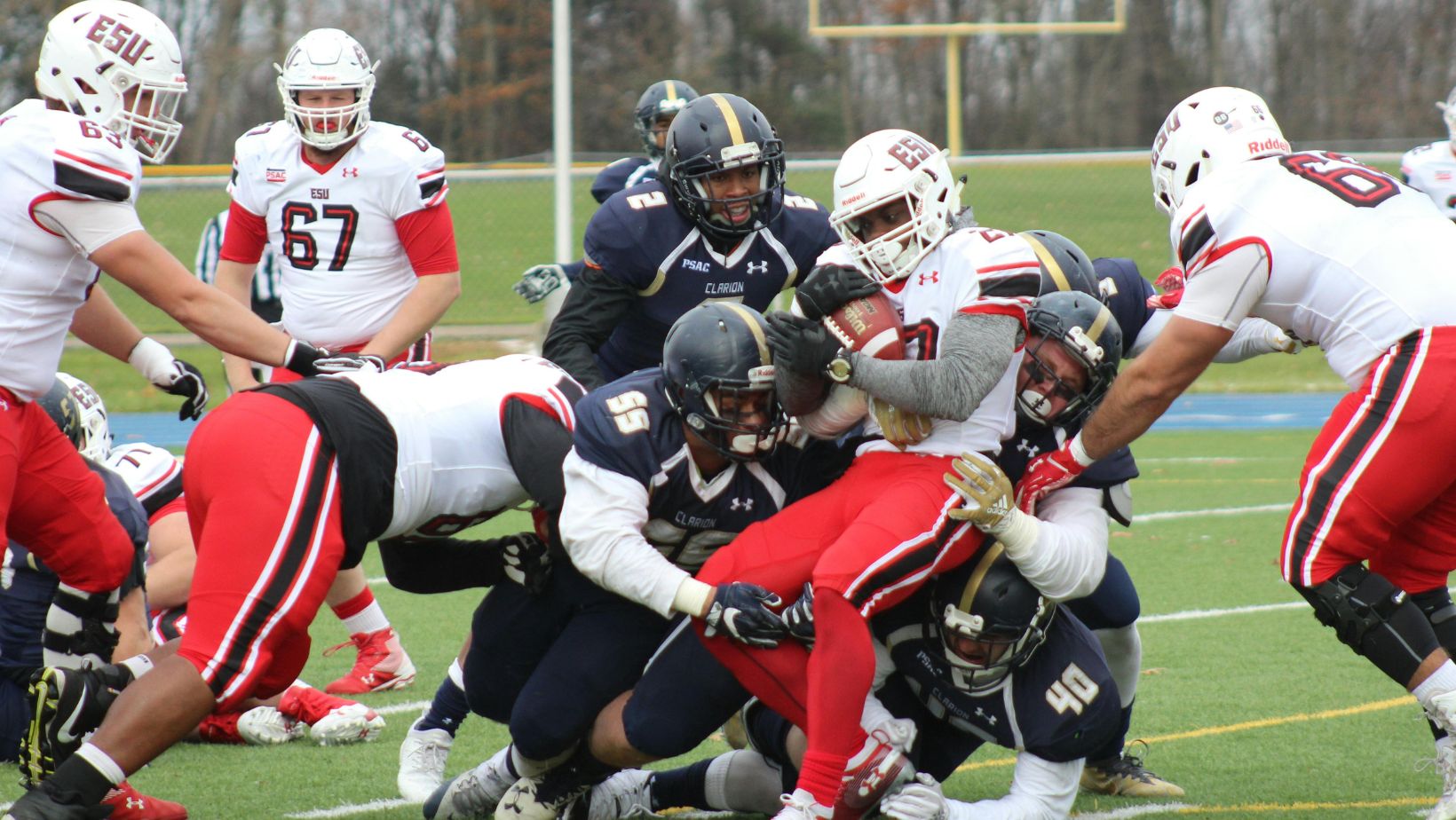
You can tell a Big 12 game’s shape in the first three series. Tempo, depth of target, and early down run rate show whether the night leans into a shootout or a field-position grind.
If you track numbers while you watch, platforms such as ufa list standard markets for spreads and totals, which makes it easier to compare prices as game plans reveal themselves. Keep the focus on what the teams are doing, then let the numbers confirm what your eyes already see.
Watch the Pace
Fast offenses inflate totals and create variance. Check each team’s snaps per minute and average plays per drive from the last three games, which accounts for injuries and scheme tweaks.
If both sides run fast and avoid huddles, expect more possessions and wider scoring swings.
The Big 12 has long featured pass-forward systems like the Air Raid, which tend to push pace and raise completion volume. That background helps you set a baseline for what constitutes “fast” in this league compared with others.
A matchup between two tempo teams often makes second quarter totals more sensitive to one short field or a busted coverage. See the drive charts, confirm the hurry-up cadence, then align your read with the number you are seeing.
Key Offense Health and Style
Quarterback health moves outcomes more than any single defender. Note if a starter is returning from a hand, shoulder, or ankle issue and whether the staff trims the route tree early. Watch the first two third-and-medium calls. If the play caller protects the quarterback with quick game and screens, explosive plays may be capped.
Track offensive line changes, especially at tackle. A backup tackle against a top edge rusher often forces extra chips and keeps in the tight end, which lowers route counts. That can tilt you toward lower passing yards and make short fields more important than sustained drives.
Finish Drives, Not Just Yards
Yardage between the 20s can fool you. Winning teams finish drives. Use red zone touchdown rate and goal-to-go conversion rate from recent games to set an expectation for seven versus three. Teams that stall in the low red often rely on fades or quarterback draws. If you see that pattern in the first half, a full-game total that looked fair pregame can drift too high.
Defensively, note interior line strength. A stout nose and disciplined linebackers force third-and-goal throws, which lower touchdown odds. If both defenses hold up in tight spaces, consider leaning away from late overs even when yardage totals climb.
Key Margins to Track
In college football, “key numbers” around common scoring margins matter because of how points are made. Threes and sevens occur often since touchdowns are seven with the extra point and field goals are three. If a spread moves from +3.5 to +2.5, that crosses a key number and changes the value of the underdog materially.
Watch how the market reacts to confirmed injuries or weather. If wind rises above 15–20 mph, deep shots lose value and kicking gets shaky. That can compress totals and push coaches to go on fourth-and-short. The structure of college overtime can also inflate full-game totals in tight games since both teams get the ball at the 25.
Stats That Carry Over
Look for repeatable edges, not one-off highlights.
- Early down success rate: Offenses that win first down avoid obvious passing downs. That reduces sack and turnover risk and supports favorite spreads.
- Explosive play rate allowed: A defense that limits gains of 20+ yards can keep an Air Raid team in front and force methodical drives. That tilts you toward unders when paired with a conservative opponent.
- Special teams efficiency: A shaky punt unit hands out short fields. In the Big 12, where many games hinge on one momentum swing, this is often the hidden edge.
- Penalties per game: High-penalty teams extend opponent drives. That matters more in fast games with many possessions.
Build a simple checklist and apply it the same way every week. Consistency beats hunches.
Mid-Game Checks
Use halftime to compare your pregame notes with what actually happened.
- If both teams hit double-digit explosives by halftime, expect defensive shells to drop deeper. Second-half unders can gain value even in high-scoring games.
- If one side’s offensive line is losing stunts, look for quicker throws and screens after the break. That lowers time of possession volatility and can slow scoring.
- If a mobile quarterback shows he can win the edge, late-game rushing attempts for that player tend to climb, especially in four-minute offense. That helps favorites close out leads and shortens the game.
Give more weight to repeatable, scheme-driven facts than to a tipped pick or fluky muffed punt.
Turnover Risk and Field Position
Turnovers swing Big 12 games fast. Check each team’s recent turnover margin and how those plays happened. Strips and tipped picks repeat more than a one-off fluke. If a quarterback forces throws under pressure, expect at least one short field for the opponent.
Field position tells you who is winning the hidden yards. Look at average starting field position and net punt distance from the last few games. A team that starts near its own 25 all night needs long drives to score. If the opponent starts closer to midfield, even modest offenses can post points. Match these trends to your total and spread reads.
Field and Conditions
Wind and heat matter more than light rain. Wind above 15–20 mph cuts deep accuracy and field goal range. Heat and humidity raise substitution rates and can dampen fourth-quarter explosiveness for thin rosters. Altitude or long travel weeks often show up on special teams first, where fatigue narrows coverage lanes.
Check the stadium surface too. Some venues run faster than others, which can add a small bump to yards after catch on quick game.

Build a Simple Plan
Start with pace, quarterback and line health, and red zone profiles. Layer on key numbers and weather. Update your view at halftime with what proved sticky. Keep a simple log of your reads and the closing numbers you saw. Over a month of Big 12 Saturdays, that habit teaches you which signals truly move outcomes and which ones only add noise.
A steady process beats big swings. Read the game, respect the numbers, and let small edges compound.












